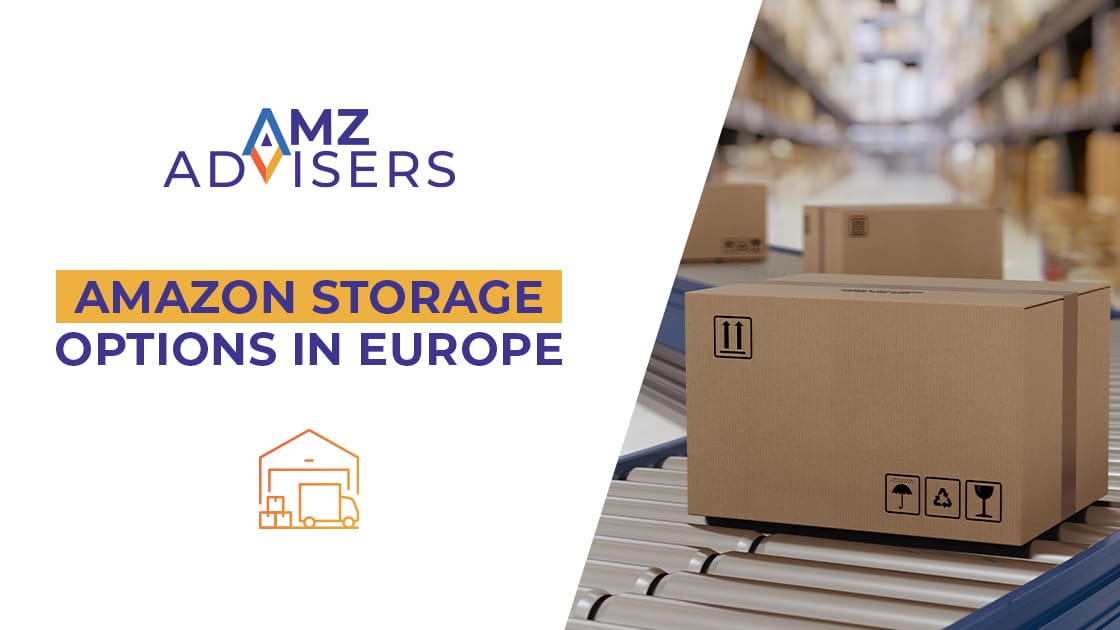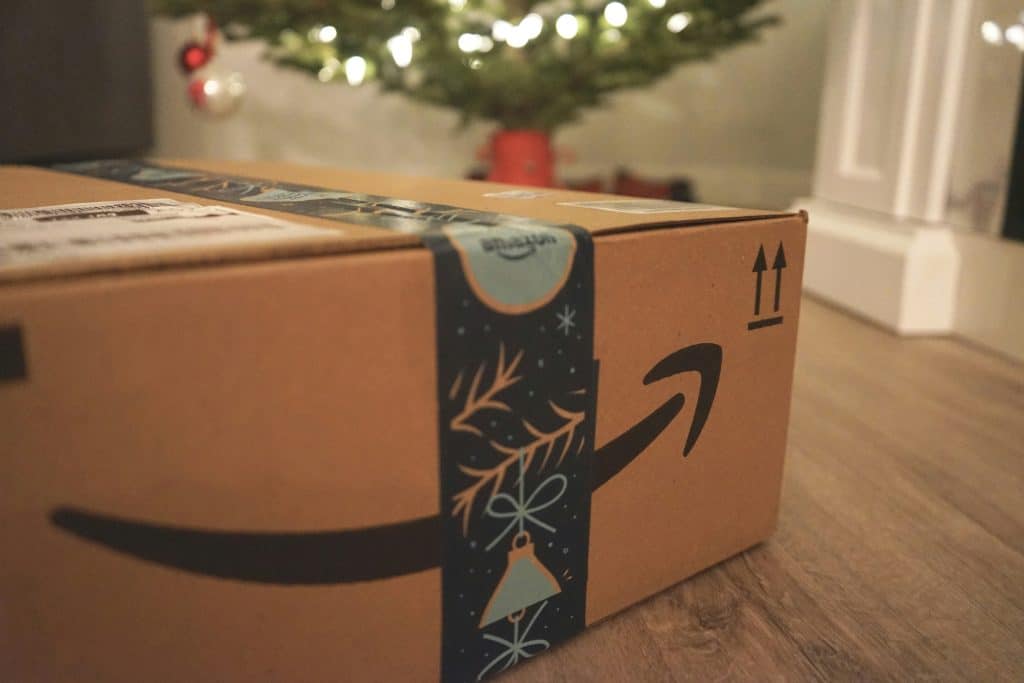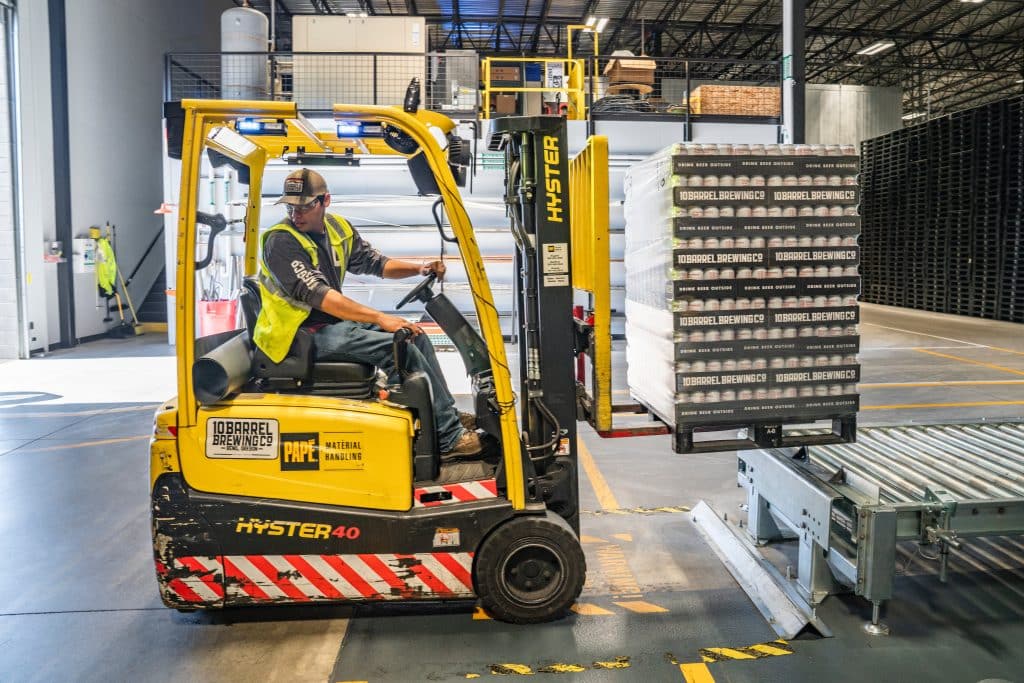
Amazon is taking over Europe’s eCommerce market. There are over 181 million Amazon users in Europe, making this one of the best platforms to attract buyers. Europe is also a popular market for regional sellers and is often one of the first choices for international expansion.
All new and expanding sellers often have the same question: how do I store my products? You have many options when selling in Europe, but this largely depends on your fulfillment and selling strategies, as well as the countries you’re selling in.
Here’s a breakdown of the most essential Amazon storage options, plus some other best practices when selling in Europe.
Europe Storage Options By Fulfillment
If you’re debating between different Amazon storage options, you should first know the storage strategies for each fulfillment method. Here are the most common fulfillment methods for European sellers and the storage options that each offers.
FBM
Fulfillment by merchant (FBM) means that you handle your own fulfillment. In other words, you control your storage and shipping–not Amazon.
Since storage is on your shoulders, you have numerous options. If you own a home-based business, you can store your products in your home or a small warehouse.
However, international sellers and regional stores with a lot of inventory will experience the most benefits when seeking help from an external storage company.
FBA
Most new merchants and new international sellers will likely choose fulfillment by Amazon (FBA), especially those who use the Global Selling program. FBA is a logistics program and is one of the most popular Amazon storage options.
With FBA, Amazon handles storage and shipping for you. There are numerous European programs under the FBA program, which we will discuss later.

EFN
European Fulfillment Network (EFN) is one of the most convenient Amazon storage options if you sell in numerous countries. Your products are stored in one country and are shipped from that warehouse.
This way, you can sell in numerous countries while only worrying about storage, shipping, and bureaucratic duties in one place.
Sellers also have a lot of control with this method. You can choose where your products are stored. Since EFN is part of FBA, you can qualify for perks such as Amazon Prime.
The downside to this method is shipping may take longer, depending on where you store your products.
MCI
If you have massive operations in Europe, you should choose Amazon storage options such as Multi-Country Inventory (MCI). This program is tailored to stores that sell throughout Europe and want to tackle certain problems, such as long shipping times.
With MCI, you store and ship your products from multiple facilities in various countries. MCI comes with many benefits, such as savings on cross-border shipping fees.
That said, this program is best for major and experienced sellers. Storing your items in multiple storage units is expensive. Plus, if some products don’t sell well or you miscalculate your inventory management, there’s no inventory turnover.
Related content: Remote Fulfillment vs Marketplace Expansion
PAN-EU
PAN-EU is one of the best Amazon storage options for new sellers, but it is also a good one for merchants who are too busy to track their inventory and orders. This is an FBA option that’s similar to EFN.
Sellers ship their products to a single warehouse, but Amazon will send your items to numerous European locations. Amazon will calculate and predict order demand, and will ship your inventory based on those results.
This option offers quick deliveries while also avoiding cross-border fees.
CEE
CEE is one of the Amazon storage options specific to Central Europe. With this program, you’ll store your items in Poland, Germany, and/or the Czech Republic. From here, Amazon ships items from these warehouses all over Europe.
CEE is also convenient since you can sell on all European Amazon websites.
There are many reasons why sellers choose this option. First, fees are lower. Storing your items in Poland and the Czech Republic is cheaper than other countries. There are also no Amazon fees per item sold.
CEE is also easy for sellers. All you need to do is ship your items to the German warehouse, and Amazon will redistribute them to the other facilities. Since CEE is part of FBA, Amazon will handle all fulfillment for you, which includes prepping and labeling.

Other Best Practices to Know
No matter which fulfillment method you choose, there are best practices to know before choosing these Amazon storage options and selling in Europe. These include legal and registration requirements, specifically tax compliance and fees.
Tax Compliance
All businesses must register for value-added tax (VAT). Where you hold a VAT depends on various factors, such as where you’re selling, the place where you store your products, and your end consumer (i.e., if you’re a B2B or B2C business).
You must complete your VAT registration before enrolling in any Amazon fulfillment programs. Before selling anything in Europe, consult with a tax advisor to avoid errors and consequences.
Fees
Most of these programs and Amazon storage options come with different types of fees. If you choose fulfillment with Amazon, you must pay their fees. These can include a charge for each unit sold and/or a monthly charge.
If you’re handling fulfillment yourself, you’ll still face numerous fees. Most external fulfillment companies come with storage fees, which vary by company.
Businesses will also face shipping fees. The amount you pay depends on the weight and dimensions of the item, the packaging, and where you’re shipping from and to.
The shipping fees you pay also depend on the program you choose. Some programs avoid certain fees, such as cross-border charges, and only pay domestic shipping costs.
FAQs
I’m an international seller on Amazon. Why should I expand to Europe?
You’ll diversify your revenue stream, reach additional customers, be a more competitive business, and there are multiple options to store and ship your products. Many Amazon programs, such as FBA, are also available in Europe.
Is it hard to expand internationally to Europe?
International expansion is a serious undertaking. You must research new marketplaces and fulfill requirements, such as VAT. That said, these extra steps are worth it since you can reach millions of new customers.
Amazon makes expansion to Europe simple. You can choose between different FBA programs to simplify fulfillment and access various tools to track your orders and inventory.
Specialized Amazon accountants can help you with your VAT registrations and duties in foreign countries and languages.
Should I only sell in one country? Or several?
Choose where to sell based on your product demand, your resources, and storage and shipping options. That said, many new brands gain success by selling in all Amazon European marketplaces. Amazon also offers different fulfillment strategies and tools to make international expansion easy.
If you would rather start with one, you can choose the most popular countries. Germany and Italy are the top-ranking Amazon marketplaces in the EU, though the UK is also popular.
Should I store my products in one country? Or take advantage of these multi-country Amazon storage options?
It depends on the fulfillment strategy that works best for you. EFN allows businesses to only store in one country, but this method can result in slow shipping. MCI lets you store your products in different countries, but this method can get expensive.
PAN-EU and CEE are other options where sellers can only ship their products to one country, and Amazon distributes them to other locations. These programs are cheaper and offer fast shipping.
Know Your Amazon Storage Options in Europe
Amazon is one of the biggest forces in Europe’s marketplace, and many sellers are taking advantage of the eCommerce opportunities in the region. However, there are hurdles to selling on European Amazon for local and international sellers, such as your Amazon storage options.
The storage method you choose depends on your fulfillment preferences. While you can handle your own fulfillment with FBM, Amazon offers numerous FBA programs, such as PAN-EU and CEE, that make it simpler to sell your products in different countries.
If you’re interested in global eCommerce expansion but unsure where to start, we can unleash your brand’s potential internationally. Click here to learn more about our global eCommerce solutions.
Authors

Antonia is the Content Manager at HelloTax. She enjoys creating insightful eCommerce content, particularly about Amazon-related and VAT topics.
 Stephanie Jensen has been writing e-commerce content for seven years, and her copy has helped numerous stores rank on Amazon. Follow her on LinkedIn for more insight into freelance writing and creating high-quality content.
Stephanie Jensen has been writing e-commerce content for seven years, and her copy has helped numerous stores rank on Amazon. Follow her on LinkedIn for more insight into freelance writing and creating high-quality content.
Discover more from reviewer4you.com
Subscribe to get the latest posts to your email.





